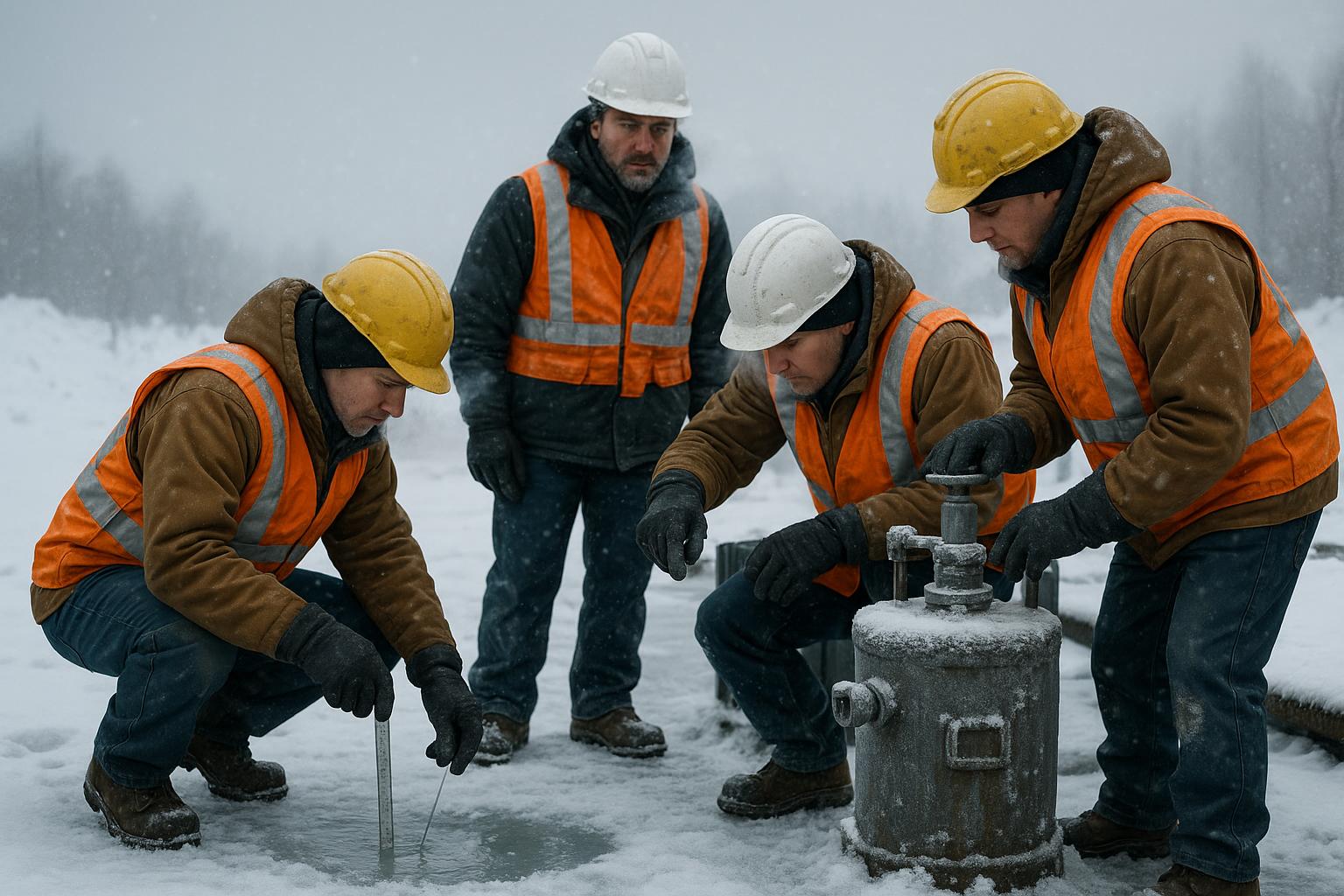Provided by: Three Sixty Safety
Learn How to Handle Chemical Spills Safely
Working with chemicals on the manufacturing floor puts all employees at serious risk for injuries due to explosions. For this reason, the Occupational Safety and Health Administration (OSHA) requires worksites where hazardous chemicals are used to have an emergency action plan (EAP).
The EAP describes the procedures to follow during an emergency, such as a chemical spill, leak or explosion, including the following:
- Who to notify
- Who is in charge and who else has responsibilities in responding to the incident
- Who is responsible for each task
- How to evacuate the site
OSHA also requires all employees to be trained in EAP procedures, so that everyone is prepared in the event of an emergency. Notify your supervisor if you have not yet had training in EAP procedures or if you would like a refresher.
Prevention
The first priority when working with chemicals is to try and prevent a spill, leak or explosion. You can contribute to that goal by doing the following:
- Knowing and understanding the chemicals you’re working with, including any hazards—refer to the appropriate Safety Data Sheet (SDS) or ask questions if you are unsure
- Following all safety precautions and wear proper personal protective gear
- Helping to make sure all chemicals are properly labeled in their container
When an Incident Occurs
To determine if a chemical spill, leak or explosion is hazardous or requires special cleanup procedures, do the following:
- Identify the chemical(s) involved.
- Refer to the SDS for any chemical involved to find out how flammable and/or reactive it is, what protective equipment is needed and spill cleanup procedures.
- For chemicals resulting in a hazardous fire or explosion, refer to the SDS also for firefighting instructions.
Emergency Procedures
In the event of a chemical spill, leak or explosion, be sure to do the following:
- Immediately notify your supervisor.
- Notify other workers on the floor.
- Activate emergency alarms.
- Call 911.
- Keep people out of the area.
- Leave the area if the spill cannot be readily contained, or if it presents an immediate danger to life or health.
- Follow the evacuation rules in the EAP.
- Leave cleanup to trained personnel, such as a Hazardous Materials team.
Do not try to do the following:
- Rescue or help injured people unless you are sure you will be safe
- Clean up a spill yourself, except where permitted or required by site rules and the EAP
OSHA requires these safety measures, and so do we. It is our hope that an accident like this never happens, but all employees should be prepared in case it does. Make sure you learn these precautions and follow them if you ever must respond to a hazardous chemical spill, leak or explosion, to help keep yourself and your co-workers safe.
This Safety Matters flyer is for general informational purposes only, and is not intended as medical or legal advice.



